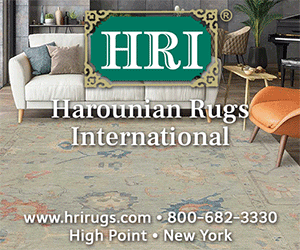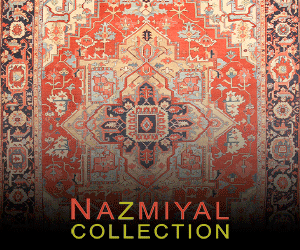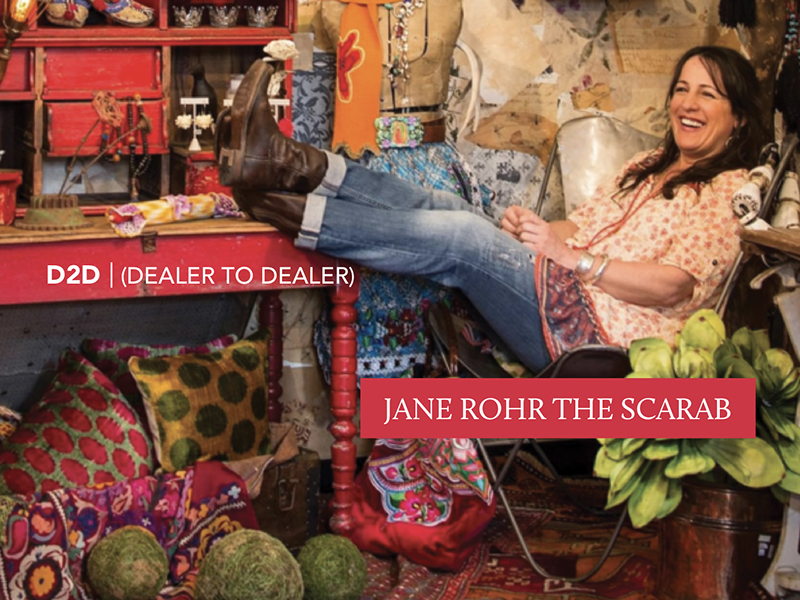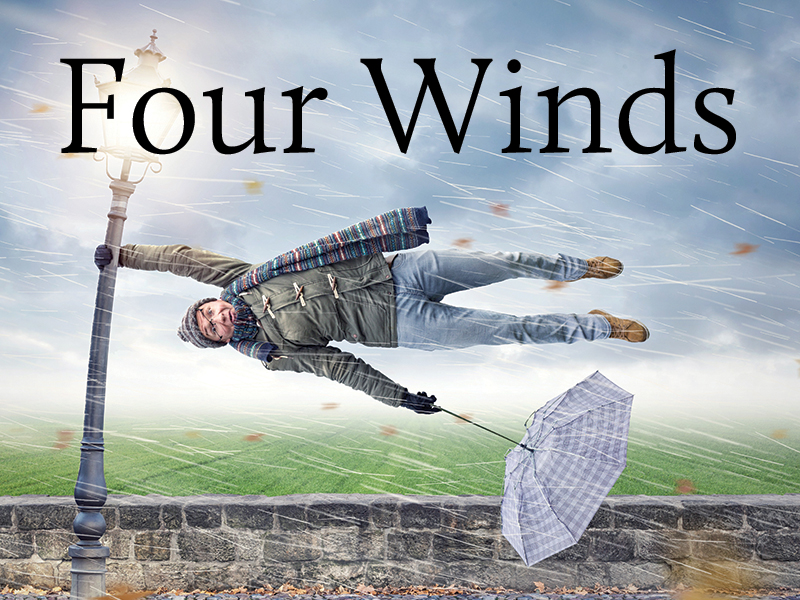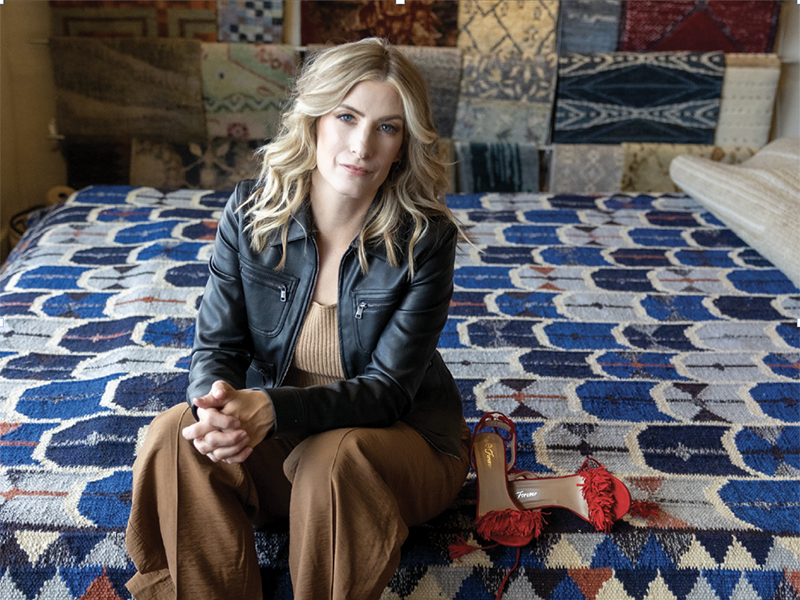Jane Rohr, The Scarab | Dealer to Dealer
There is poetry in knots. A thread that connects us from material, to color, to form. The right rug stirs the subconscious. You almost don’t know why you love it, you just do. Rugs call to artistic souls who hunger for beauty. Jane Rohr is one such soul. As co-owner of the Scarab in Minturn, Colorado, Jane has made her life in the rug world. She’s organically intertwined art, craft, and commerce, resulting in a thriving business that commands a loyal following.


